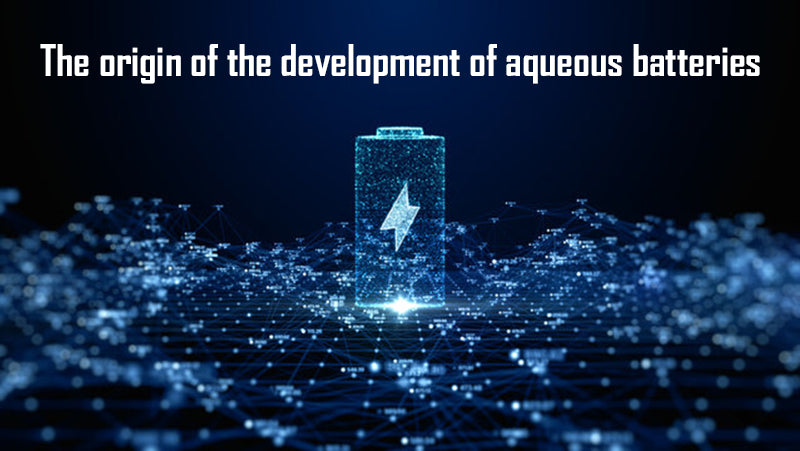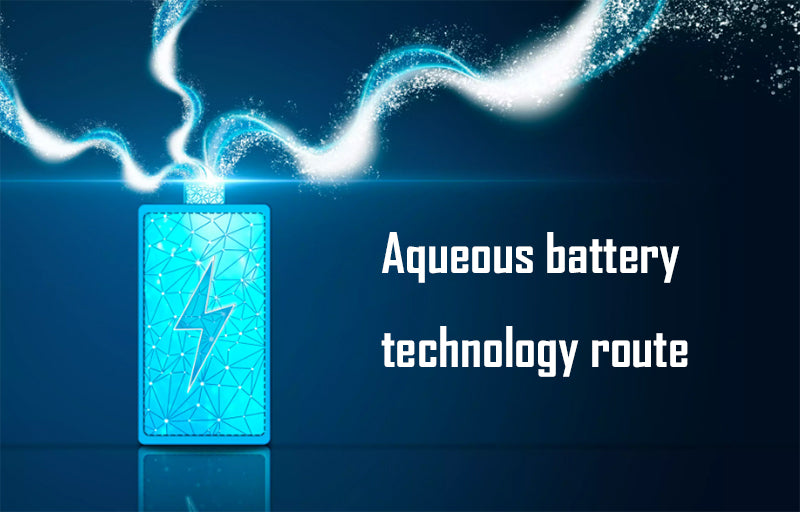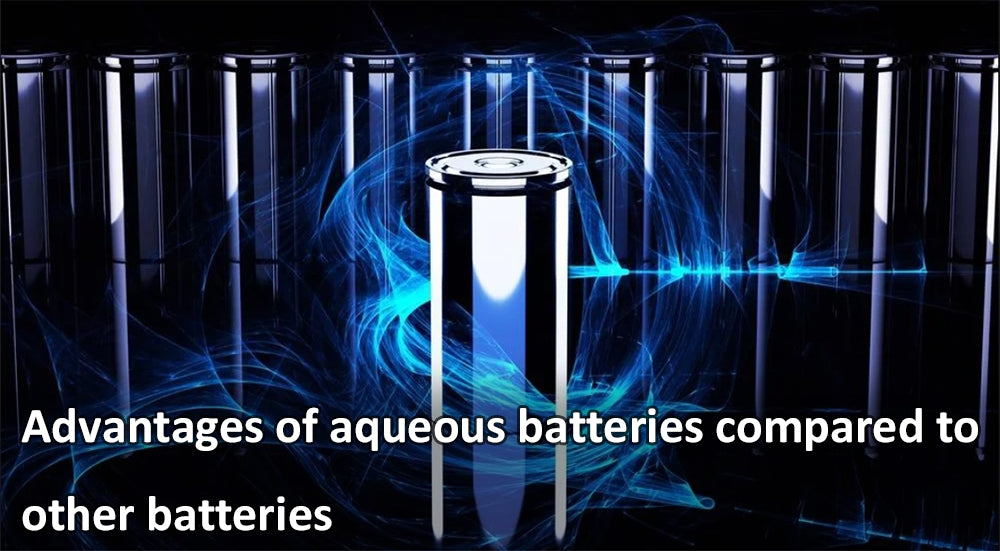
Main content:
Different from traditional lithium ion battery electrolyte, the electrolyte of aqueous batteries is composed of aqueous solution. Lithium-ion battery electrolyte is composed of organic solvents, which are flammable and explosive.
Energy storage application scenarios:
- Wind energy and solar energy are not stable, and direct connection to the grid will cause a certain impact on the grid. In recent years, the installed capacity of wind power and solar energy has increased, and the impact on the power grid has become greater and greater. Therefore, energy storage is needed as a buffer between wind, solar and the grid.
- Solve the problem of excessive charging power of electric vehicles.
- Solve the problem of power frequency modulation in traditional thermal power plants.
- To solve the underdeveloped power grid, it is necessary to use energy storage equipment to support the use of solar energy and other energy sources in the home.
The origin of the development of aqueous batteries

Energy storage technology routes are mainly divided into two categories: physical energy storage and electrochemical energy storage. Before the maturity of lithium-ion batteries, physical energy storage technology routes were mainly adopted, such as pumping water for storage, discharging water for electricity.
At present, pumped storage accounts for more than 85% of the total installed capacity of energy storage. The initial application direction of lithium-ion batteries is small-scale scenarios such as mobile phones, notebooks, and cameras, rather than large-scale applications in scenarios such as energy storage and electric vehicles.
Lithium-ion battery appeal: as small as possible, light in size and weight, load and reprint more electric energy, pay more attention to battery high energy density, and relax requirements on other aspects such as safety. The high energy density of lithium-ion batteries is voltage-dependent: organic solvents support 4V, but organic solvents can cause fire problems.
When lithium-ion batteries first started, scientists noticed the fire problem and proposed two technical routes:
- Solid-state battery: Inorganic substances and ceramics are used to replace the electrolyte (organic solvent), which theoretically will not catch fire.
- Aqueous battery: The aqueous solution is used as the electrolyte, making the battery almost absolutely safe.
Aqueous battery technology route
Compared with lithium-ion batteries, there are more technical schools of water-based batteries: there are more types of positive and negative electrodes that can be matched, and after arrangement and combination, there are more types of technical routes.

At present, there are 4 technical routes for water-based batteries:
- The technical route adopted by Benan Energy is actually a half-battery and half-capacitor;
- The technical route adopted by Ruihaibo Energy Technology;
- Prussian blue symmetrical battery pole technical route;
- Zinc-ion battery technology route: the cost is cheap and the energy density is considerable, but this route is still in the research stage.
Advantages and disadvantages of aqueous batteries
Advantages of aqueous battery:
- Absolutely safe;
- There is no environmental protection problem;
- It can realize high-power charging and discharging. Different from the water-based battery products (low power) produced by other companies, the water-based battery produced by Jingyan can realize high-power charging and discharging, and the power performance is much higher than that of lithium iron phosphate. At 0°C, high rate charge and discharge can be realized;
- The service life of the first-generation products of Jingyan is not inferior to that of the best lithium iron phosphate;
- Adapt to a wider temperature range, such as charging and discharging at -30°C. Lithium iron phosphate is forbidden to charge at -5°C. Compared with lithium iron phosphate batteries that require long-term and strict heat preservation in the northern environment, water-based batteries have a higher tolerance to the environment;
- Security testing. Aqueous battery > lithium iron phosphate > ternary battery;
- Cycle life. At present, the cycle life of water-based batteries is more than 6,000 times.
Disadvantages of aqueous batteries:
The weight and volume of a single cell are 3-4 times larger than lithium iron phosphate. The water-based battery produced by Jingyan can achieve 3-4 times, but the products produced by other teams are basically more than 10 times.
Even though the volume of the water-based battery cell is larger than that of iron-lithium, the stacking scheme can be redesigned in the future to reduce the footprint of the water-based battery stack, making the power station occupy a smaller area than iron-lithium.

Advantages of aqueous batteries compared to other batteries
Compared with lithium iron phosphate, water-based batteries perform better in terms of safe life, power characteristics, environmental protection and recycling, and low-temperature performance. Jingyan plans to gradually reduce the cost of water-based batteries to the level of lithium iron phosphate in the next 2-3 years, and then gradually expand the advantages.
Organic solvent sodium-ion batteries can be regarded as an extension of lithium-ion batteries. In 2010, Japan launched mature positive and negative electrodes and electrolytes for sodium-ion batteries. When lithium prices go up, sodium-ion batteries have a cost advantage over lithium-ion batteries, but there are not many essential differences between sodium-ion batteries and lithium-ion batteries in terms of safety and low temperature. You can read our article of lithium vs sodium battery to get more knowledge between them.
Therefore, organic sodium-ion batteries and aqueous sodium-ion batteries do not compete in a wide range.
Development of aqueous batteries
2022 is the first year of industrialization. Compared with lithium iron phosphate, water-based battery products have advantages in safety and low temperature, but they have disadvantages in terms of cost and floor space. Aqueous batteries have advantages in the field of energy storage, but their energy density is not as good as that of lithium iron phosphate.
The field of electric vehicles will not consider using water-based batteries at all, while electric forklifts will consider using some water-based batteries. Although energy storage is not sensitive to energy density, higher energy density means higher storage efficiency, and the cost will be further reduced. In the future, the company will start with group technology to reduce the footprint of the final battery system and reduce storage costs.
Jingyan water-based battery application scenario planning:
- Water-based batteries have better low-temperature performance, and can be used for energy storage in alpine regions next year. Wind power and solar energy require supporting energy storage. Considering that the north is rich in solar energy resources, but the temperature is low, water-based batteries can take advantage of the low temperature.
- High power applications. For example, the frequency regulation of thermal power plants requires application requirements above 2C.
Related article: battery shop near me, deep cycle lithium ion battery, smart battery